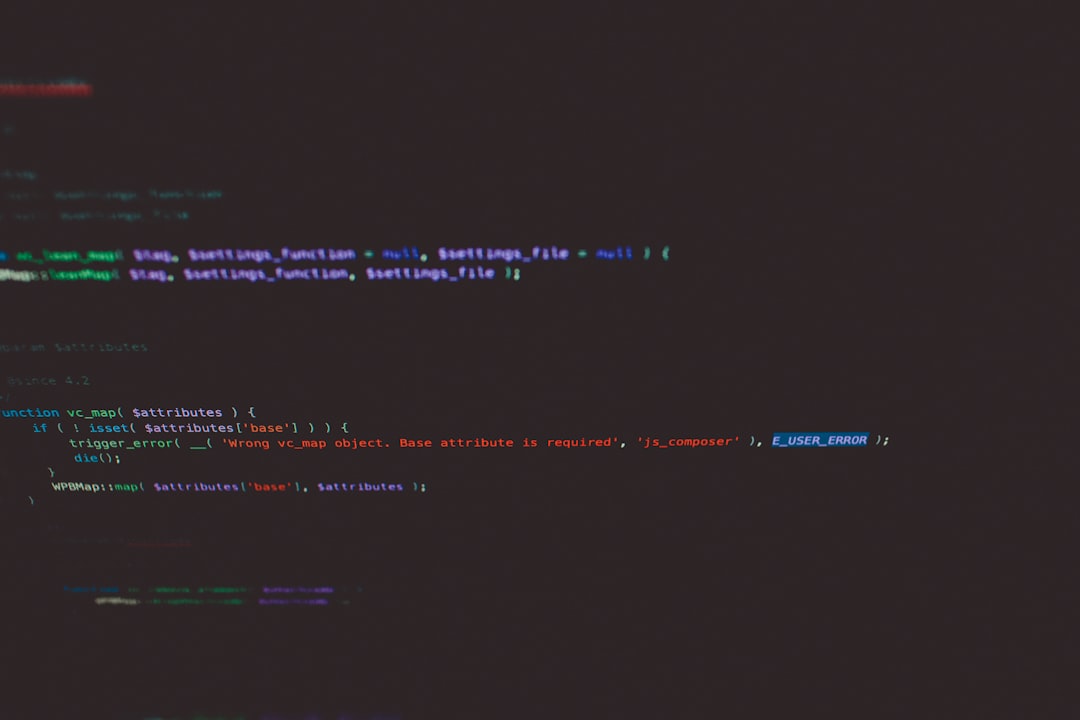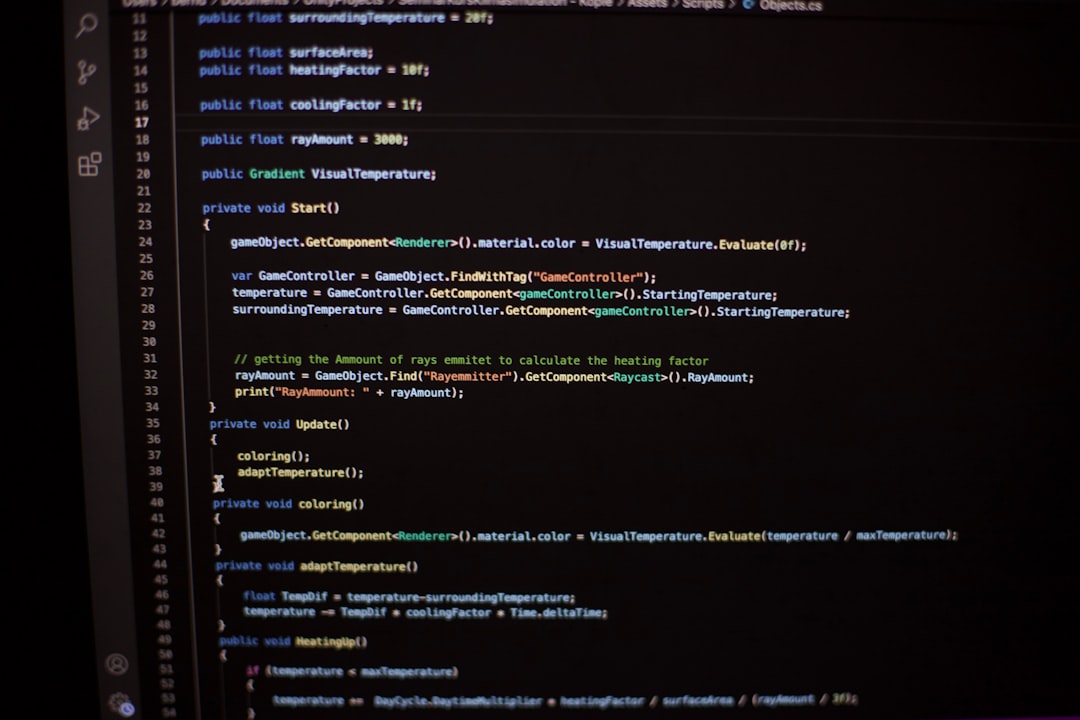Artificial Intelligence (AI) has seamlessly woven itself into almost every aspect of modern technology, from smart assistants to automated workflows. One fascinating type of AI that has recently gained popularity is Janitor AI — an engaging, conversational chatbot platform built for a wide range of purposes, including entertainment, productivity, and user interaction. However, as exciting as Janitor AI is, researchers, developers, and students often seek alternatives for more flexibility, customization, better APIs, or cost-efficiency. Fortunately, there is a growing number of Janitor AI alternatives that cater to different needs and goals.
In this article, we’ll explore various alternatives to Janitor AI, categorized by use case, affordability, and technological strength. Whether you’re a student trying to learn the ropes of prompt engineering or a developer crafting the next innovative chatbot platform, there’s something here for you.
Contents of Post
Why Look for Janitor AI Alternatives?
Before diving into the alternatives, it’s important to understand the limitations or challenges that might lead users to explore other options:
- Limited customization: Some users find Janitor AI restrictive when it comes to advanced customization or integrating external APIs.
- Monetization issues: While Janitor AI has a free tier, costs can quickly rise depending on usage.
- Learning experience: Students or early-stage developers may want an open-source option for educational projects.
- Downtime or API errors: Like many growing platforms, Janitor AI may face occasional performance issues due to high traffic or server errors.
With these considerations in mind, let’s dive into some of the most powerful, accessible, and exciting alternatives available today.
1. Character.AI
Best for: interactive storytelling, character-based simulation, casual chats.
Character.AI is one of the most well-known alternatives to Janitor AI, offering users the chance to engage with AI-driven fictional or non-fictional characters. Created by former Google Brain engineers, the platform emphasizes natural language processing and user-driven customization.
You can build, test, and simulate different characters, often with minimal technical input. It’s an ideal tool for students curious about conversational AI or roleplay-based implementations.
Pros:
- Free to use with minimal account setup
- Vast community of shared characters to explore
- No requirement to understand programming or API integration
Cons:
- No extensibility for serious developers
- Limited chatbot memory — conversations can feel disjointed in long threads
Verdict: Perfect for casual exploration and non-technical use, though not ideal for serious development projects.
2. Botpress
Best for: developers looking for an open-source framework for building custom chatbots.
Botpress is an open-source platform tailored for developers who want granular control over chatbot behavior. Unlike Janitor AI, Botpress enables full customization with rich integrations, conversations flows, and data handling capabilities.

For students, Botpress is a goldmine for learning how AI chatbots are built from the ground up. The documentation is extensive, and the community is active and enthusiastic about helping newcomers.
Pros:
- Fully open-source
- Highly customizable with modular architecture
- Suitable for enterprise-level development
- Rich graphical interface for designing conversations
Cons:
- Requires some programming knowledge, mainly JavaScript
- Best performance achieved when self-hosted
Verdict: An excellent tool for learners and developers alike who want hands-on experience in creating sophisticated bots.
3. Chai ML
Best for: AI chatting and entertainment-focused interactions.
Chai ML caters to a more casual user base who are looking to engage in interesting and sometimes quirky conversations with AI personalities. While the platform prioritizes user enjoyment, the underlying technology is quite robust.
One interesting aspect of Chai ML is the ability to create your own bots and publish them to gain followers — gamifying the chatbot creation experience.
Pros:
- Entertaining and easy to use
- Option to create and publish your own bots
- Available on both web and mobile
Cons:
- Not suitable for enterprise-level needs
- No API access for developers
Verdict: A fun option rooted in entertainment — great for leisure and inspiration, less so for technical projects.
4. Rasa
Best for: building production-grade, contextual AI assistants.
For the experienced student or developer ready to build AI-driven applications for websites or customer support, Rasa is a powerhouse. Unlike Janitor AI, this tool requires technical knowledge but gives developers full control over the whole chatbot development lifecycle.

Rasa uses natural language understanding (NLU) and machine learning to train bots that can recall context, handle uncertainty, and integrate with just about any service or platform.
Pros:
- Highly customizable and scalable
- Open-source and backed by a strong community
- Supports contextual conversation handling
- Best-in-class documentation and tutorials
Cons:
- Requires Python and basic ML knowledge
- Steeper learning curve compared to drag-and-drop tools
Verdict: Best suited for serious developers or those willing to invest time in creating advanced solutions — not just a casual chatbot experience.
5. Hugging Face Transformers
Best for: learning AI language models, building from scratch, academic or research projects.
If you’re more interested in the science behind chatbot technology, Hugging Face’s Transformers library is a treasure trove. While Janitor AI abstracts away all the complexity, Hugging Face gives you access to raw models like GPT, BERT, and T5 — perfect for experimentation and innovation.
This is definitely not a plug-and-play solution. You’ll need to understand Python and machine learning concepts, but the payoff is immense knowledge and flexibility.
Pros:
- Unprecedented customization
- Large community and lots of learning resources
- Supports fine-tuning pre-trained models
Cons:
- Higher hardware and learning requirements
- No GUI — entirely code-based
Verdict: Perfect for academic research or deeply technical projects. Not ideal for first-time users unless guided.
Final Thoughts
Janitor AI is a fantastic platform, offering a unique blend of fun and function. But depending on your objectives — whether you want deeper functionality, complete control, or simply a different take on conversational AI — the alternatives listed above offer strong paths.
From open-source platforms like Botpress and Rasa to interactive platforms like Character.AI and Chai ML, and even code-heavy frameworks like Hugging Face Transformers, the world of chatbot development is truly rich and diverse.
So, which one should you choose? That depends on your skill level and your goals:
- Casual user: Try Character.AI or Chai ML
- Student or learner: Start with Botpress
- Professional developer: Dive into Rasa or Hugging Face
As conversational AI continues to evolve, embracing different platforms helps in building a strong foundation and unique perspective. Whether you’re playing, building, or researching — now is the perfect time to explore what’s possible.


